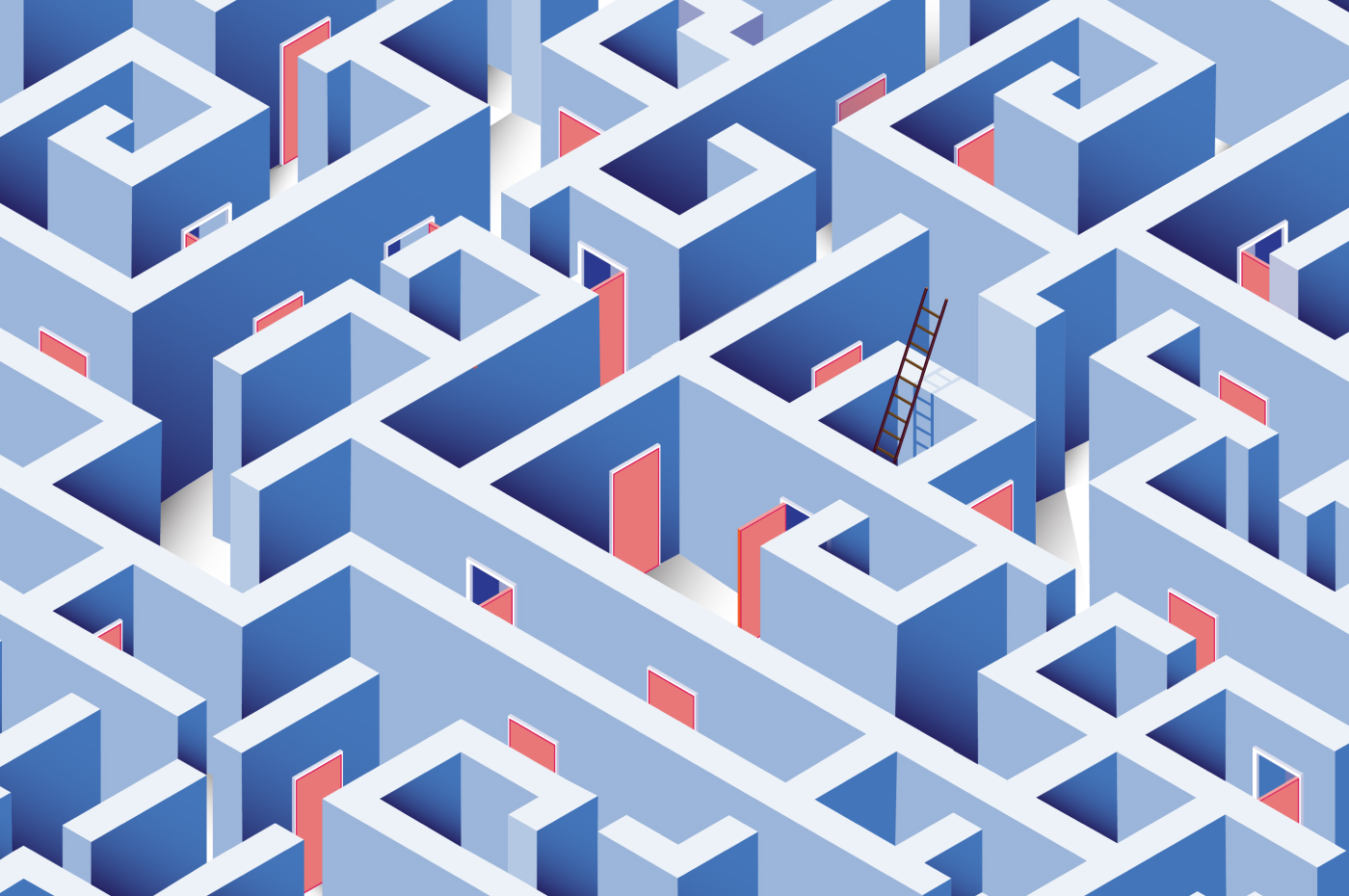NewslettersFebruary 16th, 2021
PG: #75 Looking beyond the barriers


Barriers to a healthy, fair, just, sustainable society are often held in place by deep structures that have little or nothing to do with the defined problem or desired outcome.
We are currently doing some work with some philanthropic organisations in the ACT, working to understand the links between family violence and youth homelessness.
This work is all about revealing those deep structures so that we can work with them, or even change them.
For example:
1. Funding for social services that help people in need tends to be focused on short-term, measurable, crisis services – because crisis is where the problems are most visible, and where people are in the most need – it makes sense!
2. But this means that community services prioritise crisis-response capacity, and de-prioritise longer-term, holistic, whole-of-family, person-centred approaches to preventing violence.
3. So holistic needs aren’t met, and family violence crises aren’t averted – just mitigated.
4. So crisis demand goes up.
5. So funding gets focused on crisis services.
Then overlay that with a competitive funding environment: services compete with each other for the money that’s available, which limits coordination, information sharing and cooperation, which means less holistic health responses, which, again, means more crisis demand, which means funding tends to be short term and crisis focused.
The system reinforces itself, and family violence keeps happening, and young people keep ending up homeless and unsupported on the streets of Australia. The surface problem is homelessness, but it’s held in place by all these other deep structures.
We’ve heard people in the sector talk about “standing at the bottom of a cliff catching people as they fall, not preventing them falling off in the first place”. So the sector knows this is happening, but they might not have the language – the visual language – to connect it to everything else that is happening and holding them in place.
‘Systems mapping’ shows this structure, in a shared way, to everyone – so that they can see it. Once everyone agrees on what’s happening, and only then, can we design interventions, or change structures, to address the real needs of society.
Ask yourself: what are the deep structures that hold in place the ‘problems’ that you are facing as a designer, or a manager, or an executive, or a CEO? What is really happening and why?



